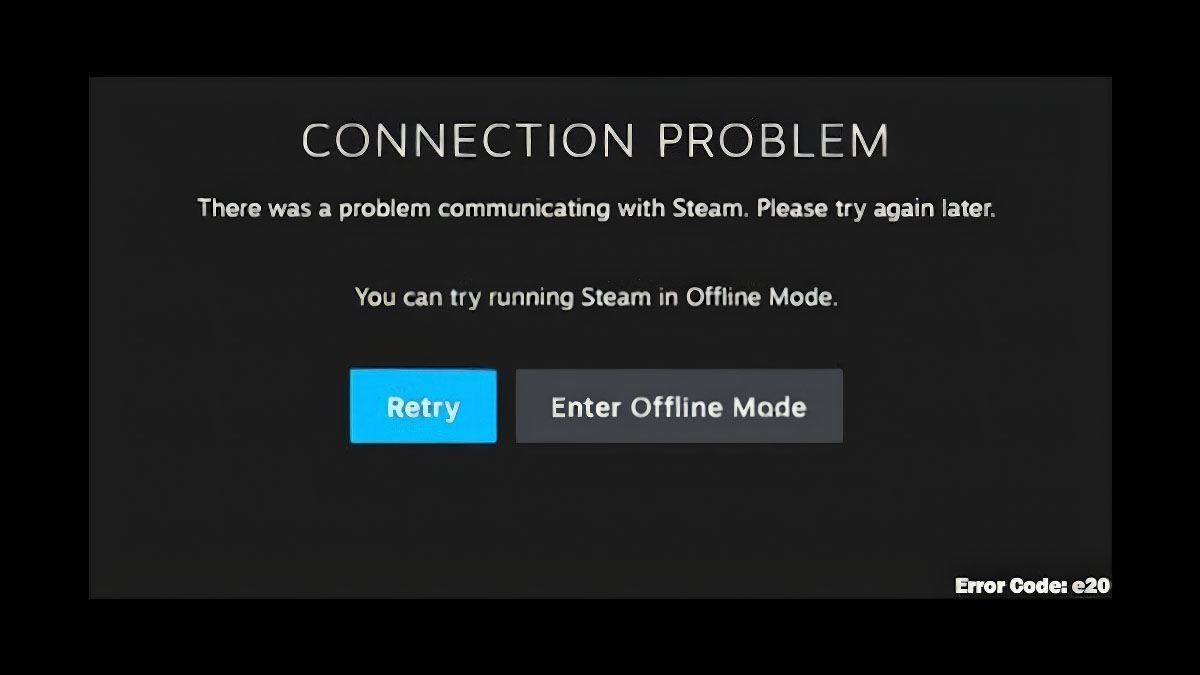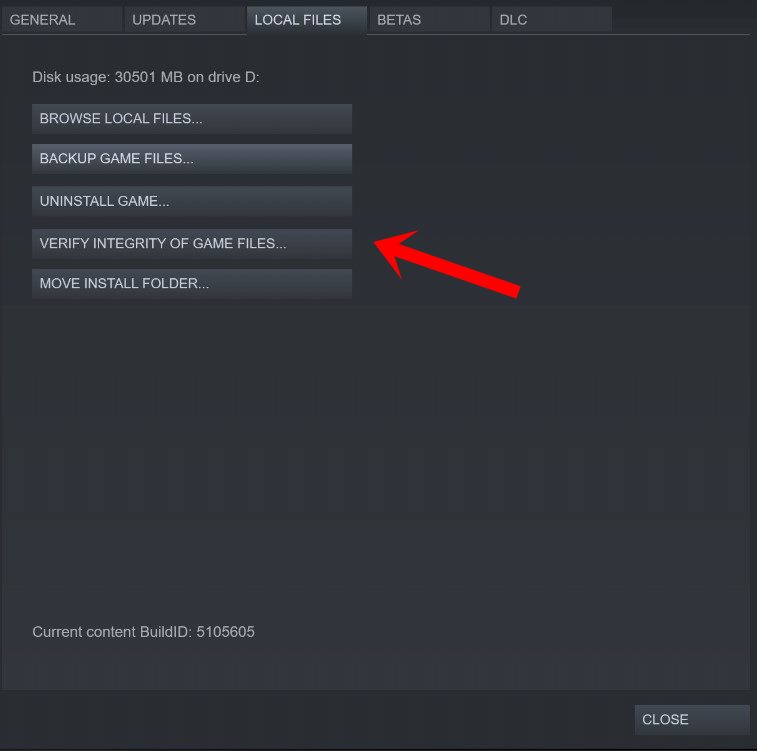Hardware Not Supported For Volumetric Materials

The cutting-edge world of visual effects and gaming is facing a significant hurdle as support for volumetric materials, a technology poised to revolutionize how we perceive and interact with digital environments, remains limited by current hardware capabilities.
This limitation, impacting creators and consumers alike, raises questions about the pace of technological advancement and the accessibility of next-generation visual experiences.
Volumetric Materials: A Promise Unfulfilled
Volumetric materials, unlike traditional surface-based rendering, simulate the internal structure of objects, allowing for realistic representations of smoke, clouds, fire, and even complex organic substances. This means that light interacts with these materials in a far more realistic way. Think of sunlight filtering through a cloud, or the glow emanating from a burning ember – these effects are exponentially more convincing with volumetric rendering.
However, the computational demands of accurately simulating these interactions are immense. Current generation GPUs, while powerful, often struggle to handle the complex calculations required for real-time volumetric rendering, especially in high-resolution settings.
The Hardware Bottleneck
The issue boils down to the sheer volume of data required to represent and process volumetric materials. Each point within the volume needs to be calculated, and this requires an exponentially larger amount of computation than traditional polygon-based surfaces.
According to a recent report by Tech Insights, only a small percentage of currently available consumer-grade GPUs possess the dedicated hardware or sufficient memory bandwidth necessary to efficiently render complex volumetric effects at playable frame rates.
This creates a significant barrier for developers. While some high-end workstations equipped with professional-grade GPUs can handle volumetric materials, these solutions are prohibitively expensive for most independent game developers and visual effects artists.
Impact on Creators and Consumers
The limited hardware support for volumetric materials has a cascading effect on both creators and consumers. Game developers may be forced to scale back their ambitions. Choosing to implement simpler, less realistic visual effects in order to maintain performance on a wider range of hardware.
Visual effects artists face similar constraints, potentially limiting the scope and fidelity of their work. This means the groundbreaking effects they envision may not be achievable without significant compromises.
For consumers, this translates to a delayed arrival of truly next-generation visual experiences. The breathtaking, realistic visuals promised by volumetric rendering remain largely out of reach, confined to demos and high-end showcases.
The Cost of Entry
The high cost of entry further exacerbates the problem. The GPUs capable of handling volumetric materials often command a premium price. This makes them inaccessible to many aspiring creators and casual gamers.
This disparity creates a digital divide. Those with the resources to invest in high-end hardware can enjoy superior visual experiences, while others are left behind.
"We are seeing incredible advancements in volumetric rendering algorithms, but the hardware hasn't quite caught up yet," said Dr. Anya Sharma, a leading researcher in computer graphics at the University of California, Berkeley, in a recent interview. "The cost of the necessary hardware creates a significant barrier to adoption."
Potential Solutions and Future Outlook
Despite the current limitations, there is hope for the future. Researchers and hardware manufacturers are actively exploring various solutions to address the hardware bottleneck.
These include developing more efficient rendering algorithms. Designing specialized hardware architectures optimized for volumetric calculations, and exploring cloud-based rendering solutions that offload the computational burden to remote servers.
Nvidia and AMD, the leading GPU manufacturers, have both announced plans to incorporate dedicated hardware support for volumetric rendering into their future product lines. This indicates a growing recognition of the importance of this technology.
The Role of Software Optimization
Software optimization also plays a crucial role. Efficiently coding and managing memory can significantly improve performance, even on less powerful hardware. Game engines like Unreal Engine and Unity are constantly being updated with new tools and techniques to help developers optimize their volumetric effects.
"We are committed to making volumetric rendering more accessible to developers," said a spokesperson for Epic Games, the creators of Unreal Engine, in a statement. "Our goal is to provide the tools and resources necessary to create stunning visual experiences that run smoothly on a wide range of hardware."
Conclusion
While the dream of ubiquitous volumetric materials remains partially unrealized due to current hardware limitations, the ongoing research and development efforts offer a promising outlook.
As hardware continues to evolve and software optimizations become more sophisticated, volumetric rendering will likely become more accessible. Bringing next-generation visual experiences to a wider audience.
The future of digital environments hinges on bridging the gap between ambitious software and the capacity of supporting hardware, paving the way for unparalleled realism and immersion in games, films, and beyond.
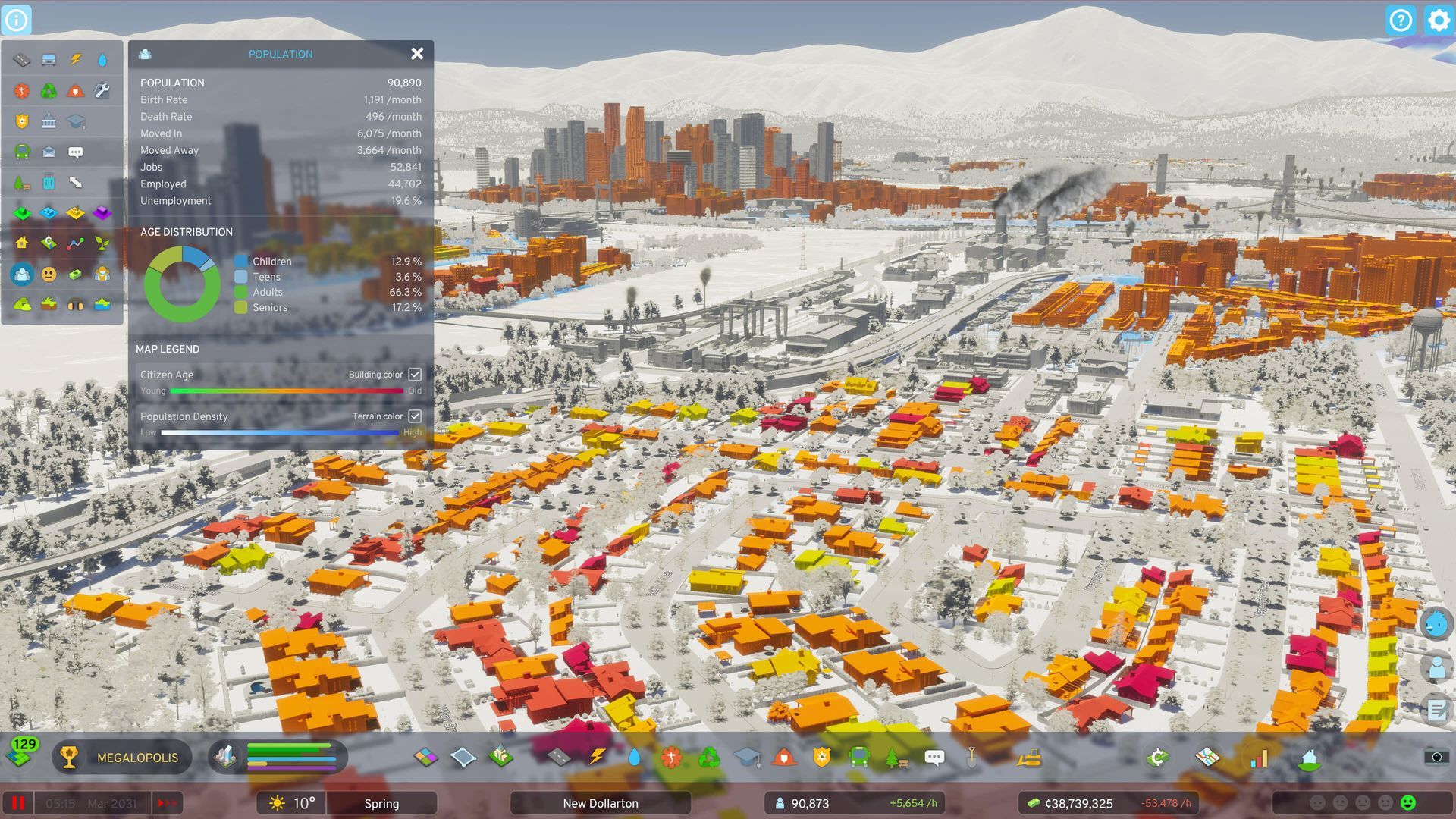
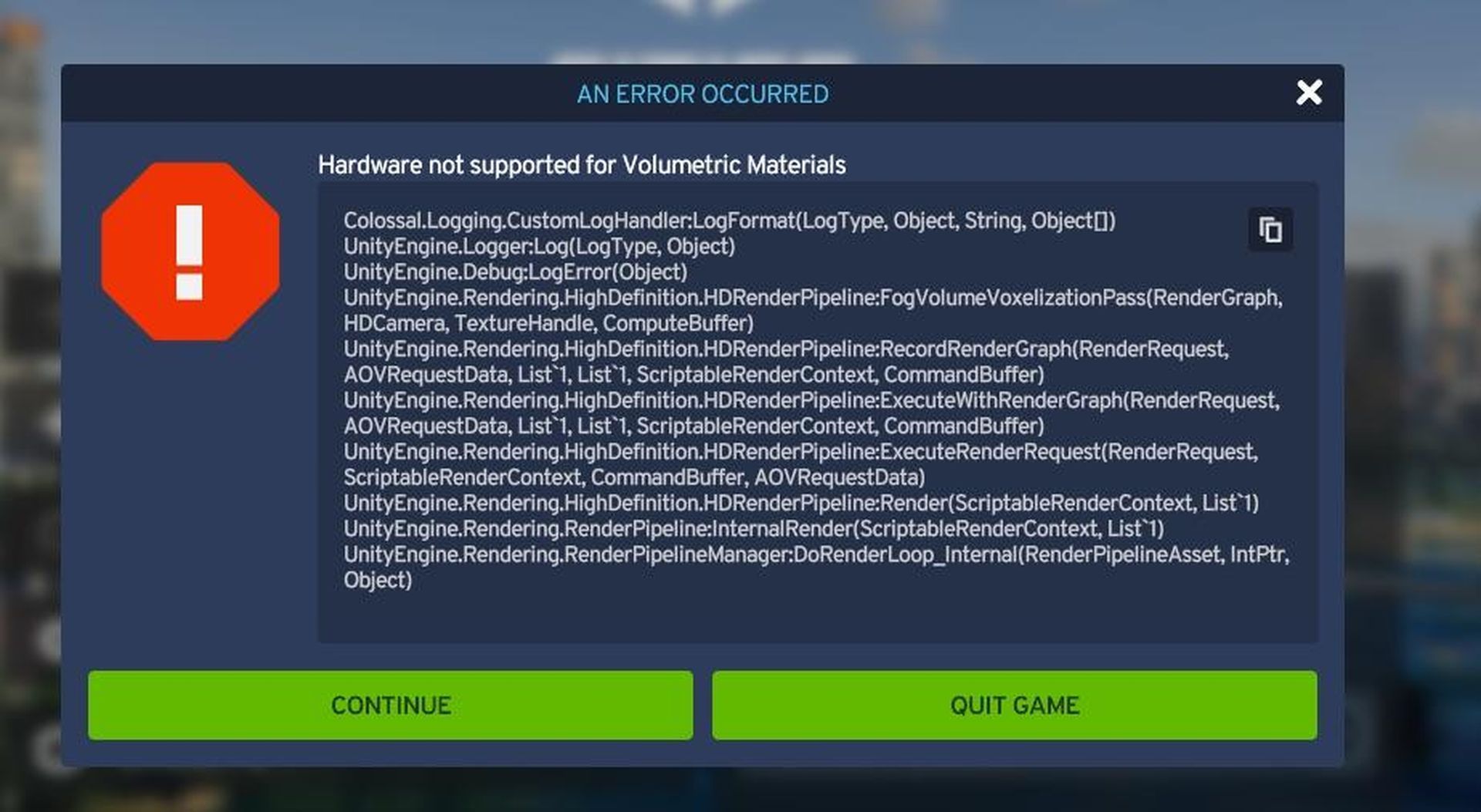
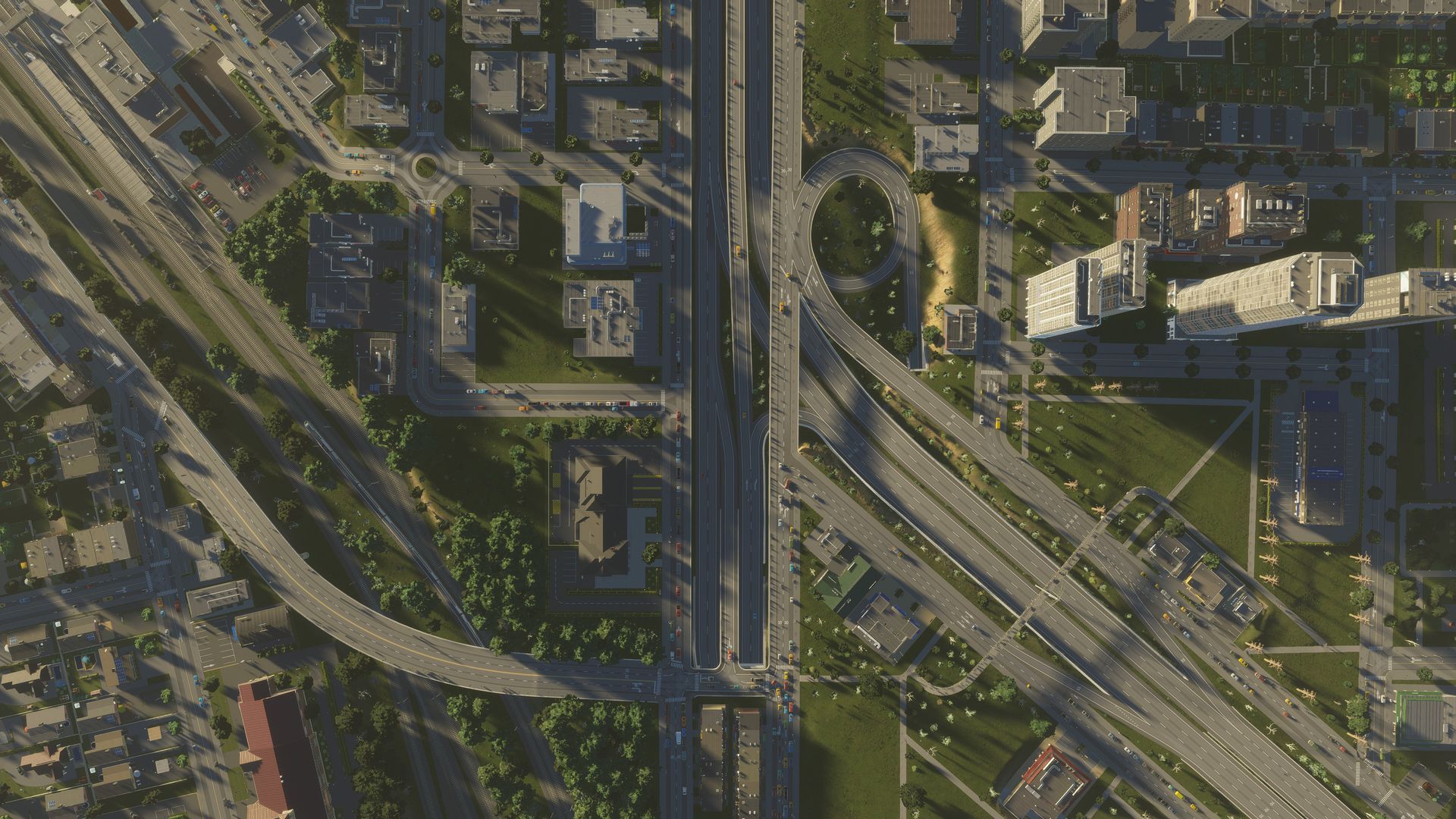

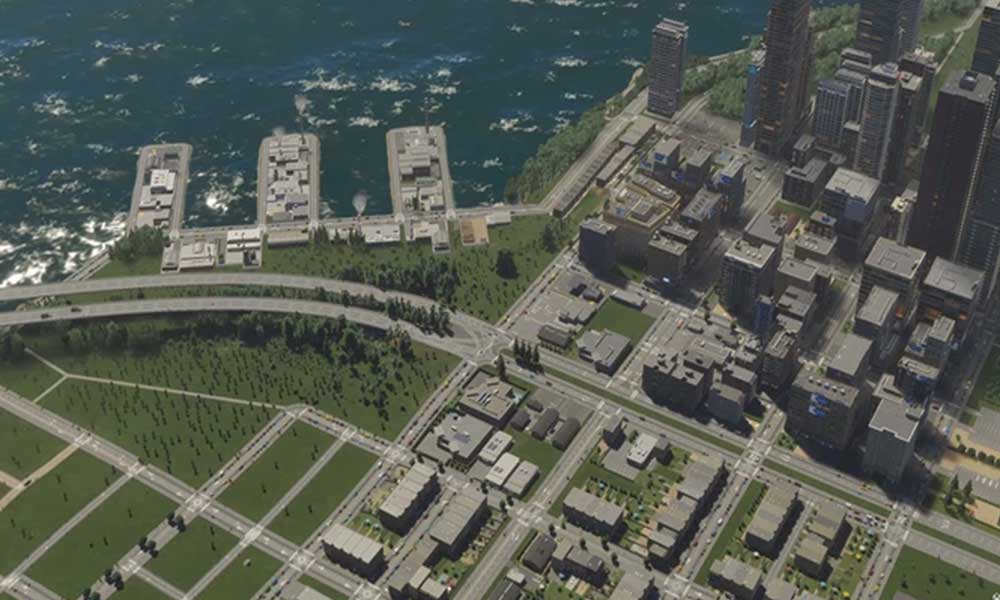

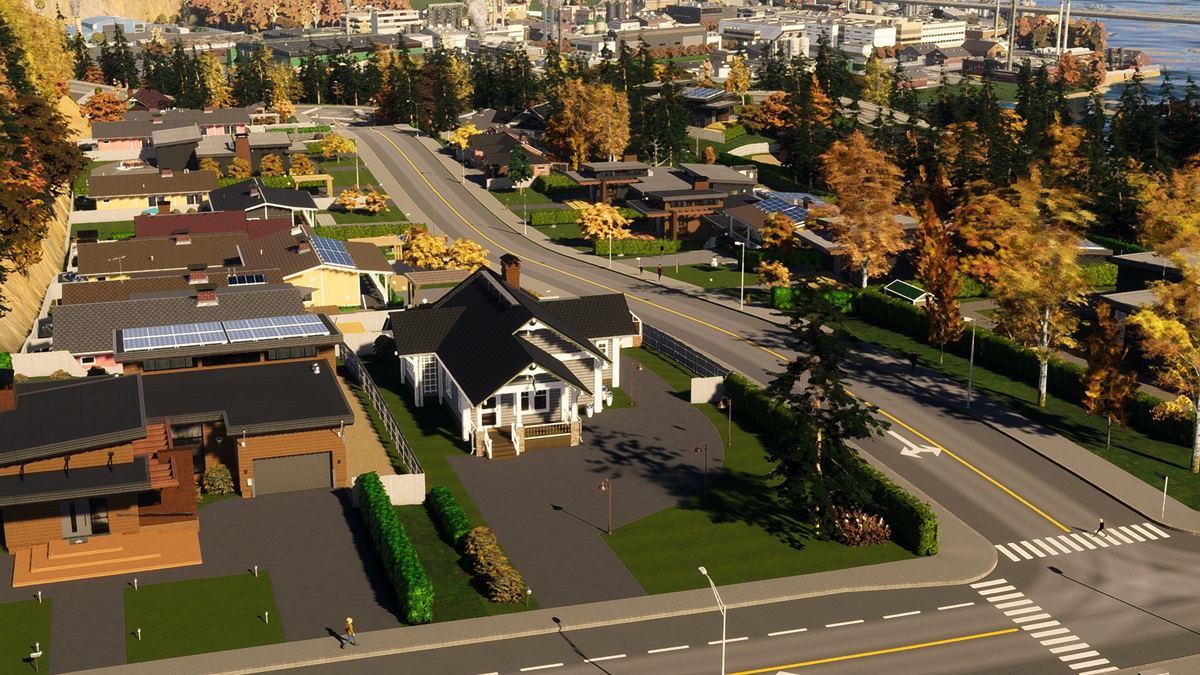
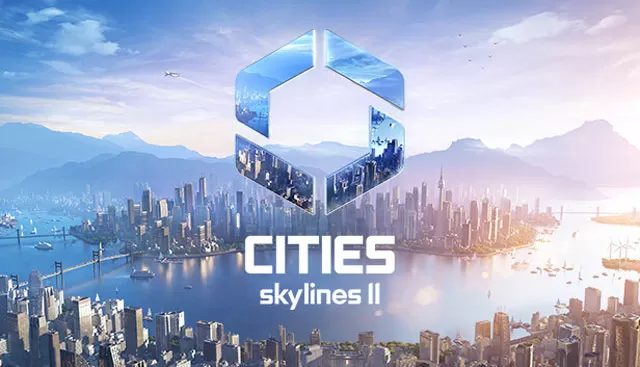




![Hardware Not Supported For Volumetric Materials [Solved] Cities Skylines 2 An error has occurred – Hardware not](https://quoramarketing.com/wp-content/uploads/2023/10/How-to-Boost-Performance-in-Cities-Skylines-2-Increase-FPS.jpg)



